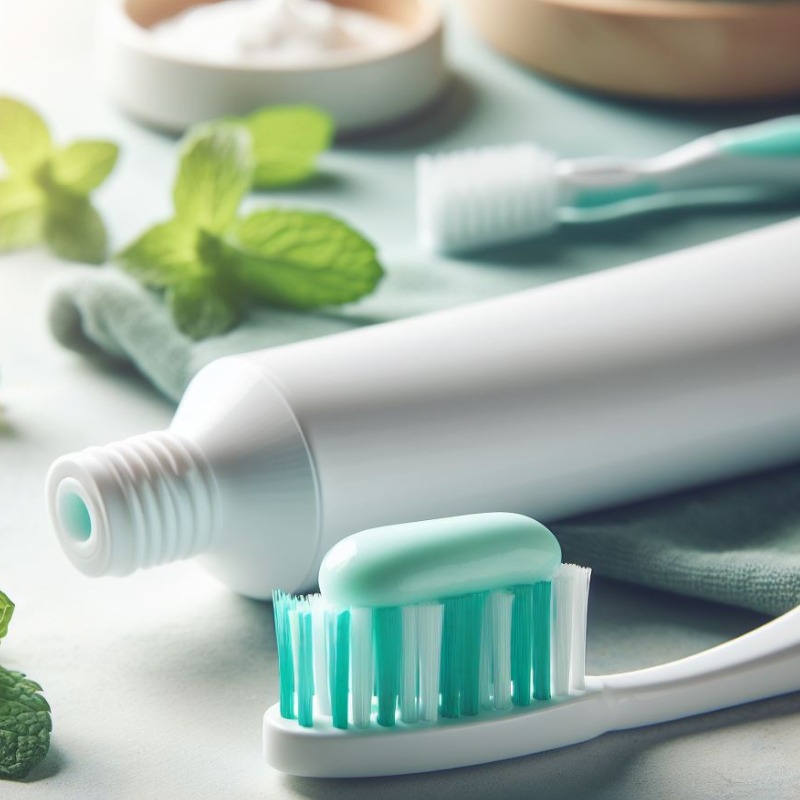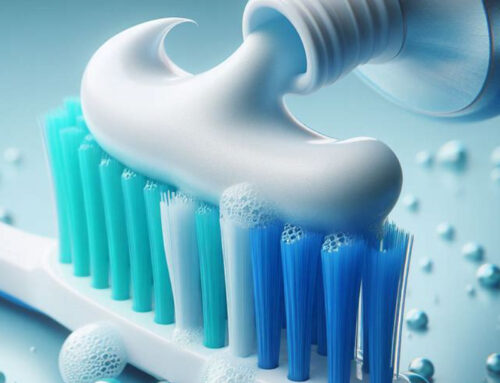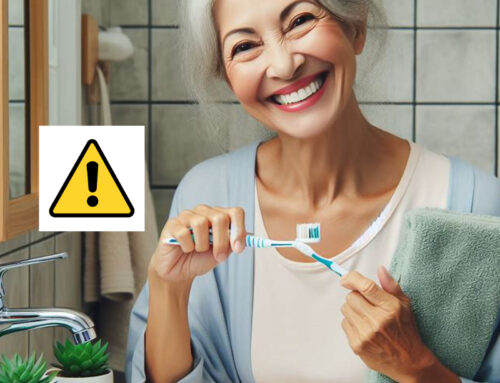
An intersting topic, a fascinating development in oral care
As new ingredients emerge and traditional ones may lose effectiveness or pose risks, the debate between fluoride and hydroxyapatite continues. While more research is needed on hydroxyapatite, it shows promising results without fluoride’s adverse effects. Though clear-cut answers are lacking, we’re committed to contributing to essential research.
After years of development and research, we’ve formulated products combining hydroxyapatite with safe, potent remineralizing ingredients. We’ve also introduced chemical-free fluoride alternatives, opting for plant-based fluoride from specific tea tree species, safe for both kids and adults.
Based on Pubmed search on “Fluoride free toothpaste” and “Hydroxyapatite”
PROS
- Unlike fuoride, the accidental swallowing of HAP as a toothpaste ingredient is not associated with any relevant systemic health risks such as fuorosis, as hydroxyapatite is the main inorganic component of all human hard tissues, like teeth and bones.
- HAP was approved as anti-caries agent in Japan in 1993 based a placebo-controlled study in Japanese school children.
While the fluoride toothpaste showed a remineralization of mainly the surface-layer, the HAP toothpaste remineralized also the deeper enamel layers as revealed by transverse microradiography images. - One year old trial by the authors below found HAP toothpaste to be as effect give as 500ppm fluoridated toothpaste in children
Source: Paszynska, E., Pawinska, M., Gawriolek, M. et al. Impact of a toothpaste with microcrystalline hydroxyapatite on the occurrence of early childhood caries: a 1-year randomized clinical trial. Sci Rep 11, 2650 (2021). https://doi.org/10.1038/s41598-021-81112-y - Hydroxyapatite as a substitute for fluoride was found effective not just in children’s population, but also in this 6 months trial on adults with high caries prevalence. The trial on 147 highly caries patients concluded that the impact of the regular use of a micro crystalline HAP dentifrice on caries progression is not significantly different from the use of a 1400 ppm fluoride toothpaste.
Source: Schlagenhauf U, Kunzelmann KH, Hannig C, May TW, Hösl H, Gratza M, Viergutz G, Nazet M, Schamberger S, Proff P. Impact of a non-fluoridated microcrystalline hydroxyapatite dentifrice on enamel caries progression in highly caries-susceptible orthodontic patients: A randomized, controlled 6-month trial. J Investig Clin Dent. 2019 May;10(2):e12399. doi: 10.1111/jicd.12399. Epub 2019 Jan 30. PMID: 30701704; PMCID: PMC6590169. - HAP was shown to reduce bacterial adhesion to the enamel surface similar to chlorexidine (in mouthwash). However, unlike chlorexidine it did not kill pathogenic bacteria, just inhibited it. Therefore, HAP formulations may have the advantage of preserving the normally occurring oral flora and increasing available mineral content on the tooth surface while also preventing colonization of pathogenic bacteria.
- HAP toothpastes have also shown promising results at impeding bacterial adherence to enamel and lowering early biofilm formation.
- HAP has desensitizing effect that would be useful for sensitive teeth.
- HAP may have teeth whitening effect.
- HAP is remineralising agent too of course.
Source: O’Hagan-Wong K, Enax J, Meyer F, Ganss B. The use of hydroxyapatite toothpaste to prevent dental caries. Odontology. 2022 Apr;110(2):223-230. doi: 10.1007/s10266-021-00675-4. Epub 2021 Nov 22. PMID: 34807345; PMCID: PMC8930857. - The nano-FHA formulation 8nFHA showed higher plugging rate and penetrating depth into the tubules. It has the potential to be used as a desensitizing agent in treating dentin hypersensitivity with better long-term durability and efficacy of dentin tubule occlusion.
(Source: Yu Q, Liu H, Liu Z, Peng Y, Cheng X, Ma K, Ji Y. Comparison of nanofluoridated hydroxyapatite of varying fluoride content for dentin tubule occlusion. Am J Dent. 2017 Apr;30(2):109-115. PMID: 29178773.)
CONS:
Scoping review of Anil et al 2022 on use of HAP in primary teeth concluded that currently there is not enough evidence for HAP efficacy.
Source: Anil A, Ibraheem WI, Meshni AA, Preethanath RS, Anil S. Nano-Hydroxyapatite (nHAp) in the Remineralization of Early Dental Caries: A Scoping Review. Int J Environ Res Public Health. 2022 May 5;19(9):5629. doi: 10.3390/ijerph19095629. PMID: 35565022; PMCID: PMC9102186.
Note: The fact that the evidence for HAP efficacy seems to be conflicting appears to be the only CONS for this substance.
Some additonal information on hydroxyapatite can be found here.







